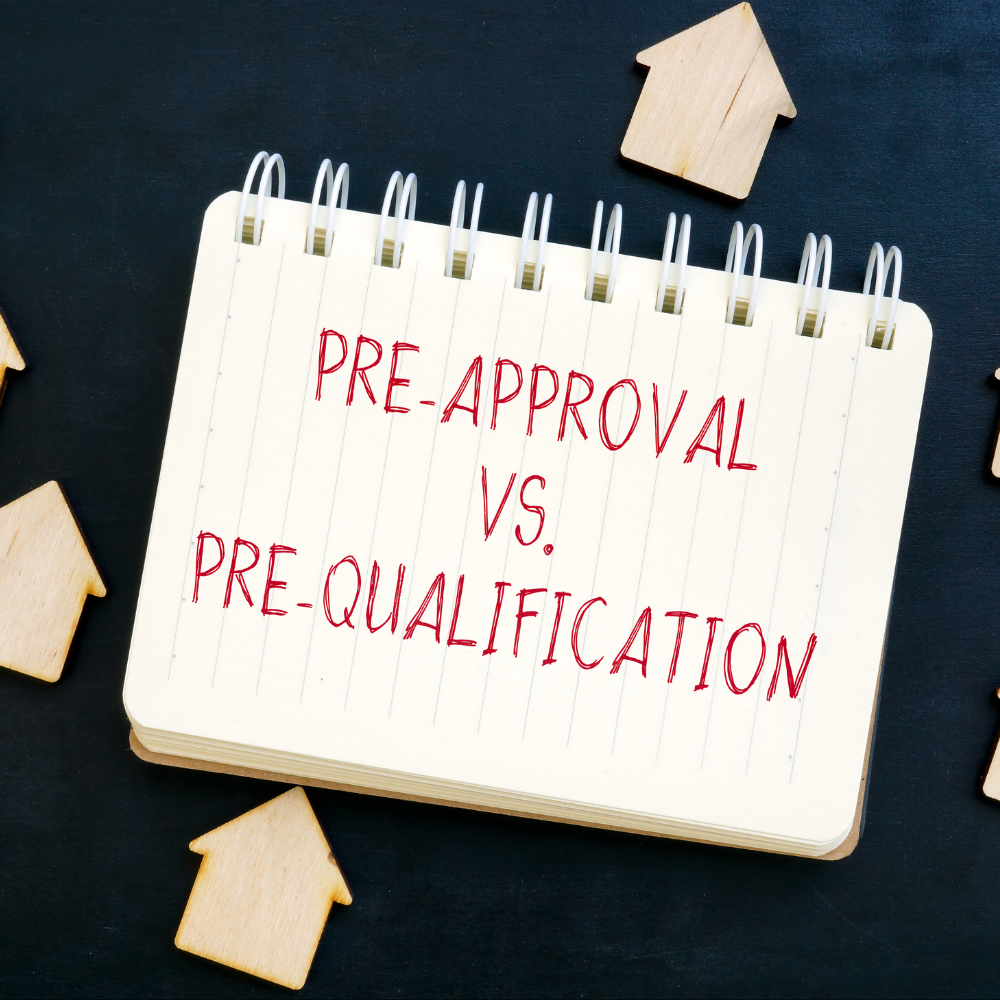When you’re ready to buy a home, it’s important to understand the difference between pre-approval and pre-qualification. While both terms may sound similar, they represent two very different things in the mortgage process. In this article, we’ll explore the difference between pre-approval and pre-qualification, so you can make informed decisions as you start your home buying journey.
Pre-Qualification
Pre-qualification is the first step in the mortgage process. It involves providing basic financial information to a lender or mortgage broker, who will then provide an estimate of the amount of money you may be able to borrow for a home. This process is relatively quick and easy, and can often be completed online or over the phone.
During pre-qualification, the lender will typically ask for basic information such as your income, employment status, and credit score. This information is used to determine your debt-to-income ratio, which is an important factor in determining how much you may be able to borrow.
While pre-qualification can provide you with a general idea of how much you may be able to borrow, it is not a guarantee. It is also important to note that pre-qualification does not involve a credit check or verification of your financial information. As a result, the amount you’re pre-qualified for may change once you go through the pre-approval process.
Pre-Approval
Pre-approval is a more rigorous process than pre-qualification. It involves a thorough review of your financial information and credit history by a lender. Once you’ve provided all the necessary documentation, such as tax returns, pay stubs, and bank statements, the lender will review your credit score and debt-to-income ratio to determine the maximum amount you may be able to borrow.
Unlike pre-qualification, pre-approval is a more formal process that provides a clear idea of how much you can afford to spend on a home. With a pre-approval, you can shop for homes within your price range with confidence, knowing that you have already been approved for a specific amount of money.
It’s important to note that pre-approval is not a guarantee that you will be approved for a mortgage. Once you’ve found a home you want to purchase, the lender will need to verify the information you provided during the pre-approval process and conduct an appraisal of the property before finalizing your loan.
Which is Right for You?
If you’re just starting to explore the idea of purchasing a home, pre-qualification can be a good first step. It’s quick, easy, and can provide you with a general idea of how much you may be able to borrow.
However, if you’re serious about buying a home, pre-approval is the way to go. It provides you with a clear idea of how much you can afford to spend, and can make the home buying process smoother and less stressful.
Pre-qualification and pre-approval are both important steps in the mortgage process. While they may sound similar, they represent different levels of commitment from both you and the lender. If you’re serious about buying a home, pre-approval is the best option to give you a clear idea of what you can afford and to ensure a smooth home buying process.


